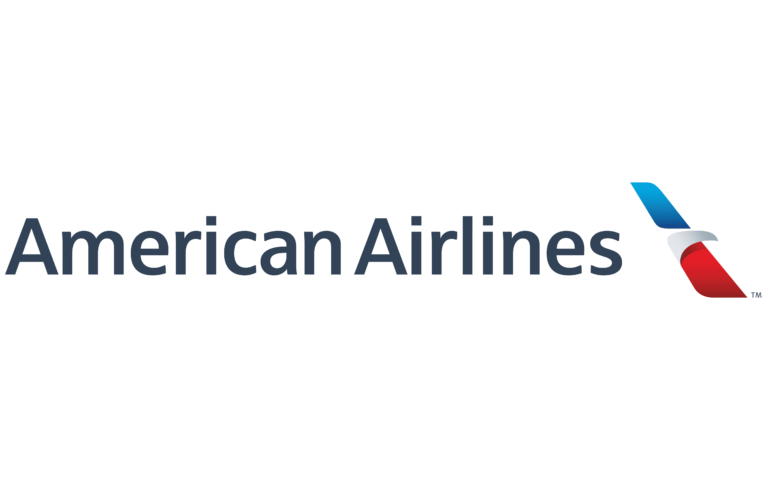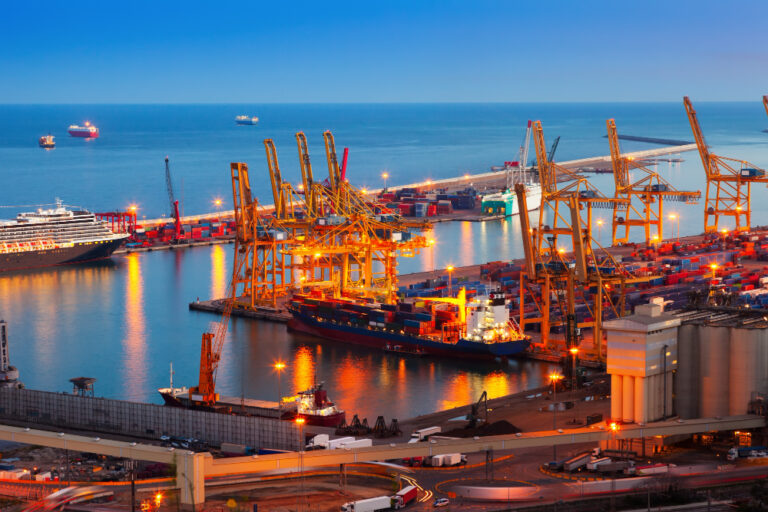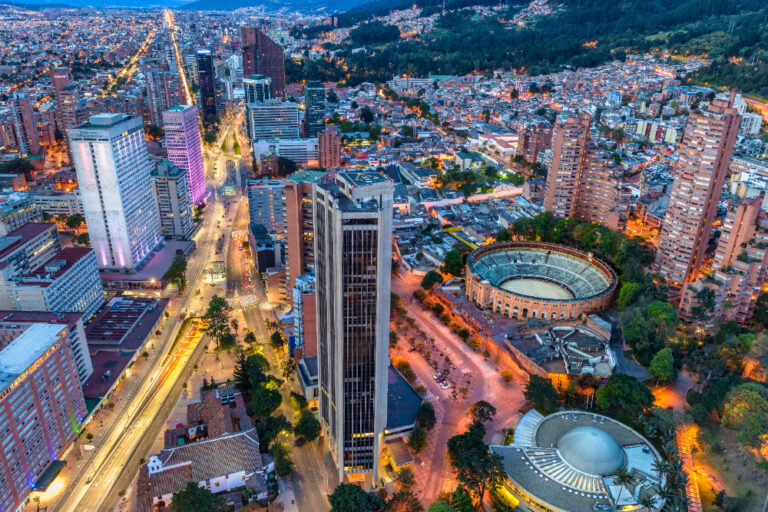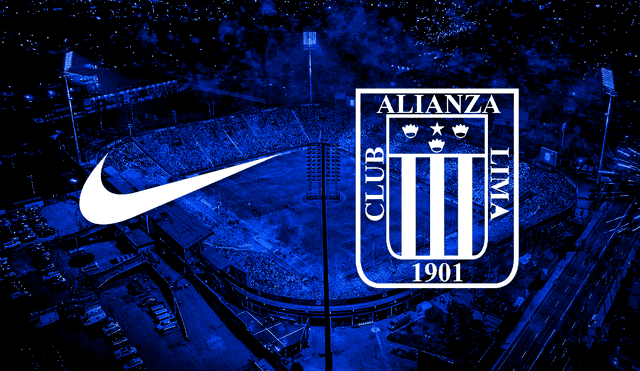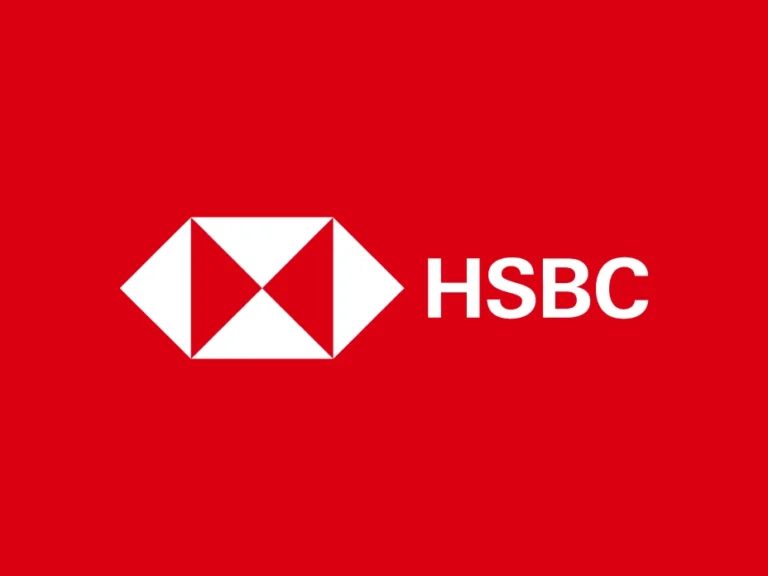
On Saturday, March 22, 2025, the streets of Valencia, Venezuela’s third-largest city, bore witness to a familiar sight: lines of cars stretching for blocks, their engines idling or shut off, drivers slumped in resignation or pacing in frustration. Some waited up to 12 hours, clutching faded bolívar notes or bartering whatever they could—cigarettes, snacks, a spare tire—for a chance at a few liters of gasoline. The fuel queues, a haunting specter of Venezuela’s economic collapse, have returned with a vengeance, plunging the nation into yet another chapter of despair. For a country sitting atop the world’s largest proven oil reserves, this is not just irony—it’s tragedy.
A Day in the Line
Picture this: it’s dawn in Valencia, a city once known as Venezuela’s industrial heartland. The sun barely crests the horizon when José Ramírez, a 42-year-old taxi driver, joins the queue at a PDVSA station on Avenida Bolívar. His beat-up Corolla, a relic of better days, sputters on its last fumes. “I’ve been here since 4 AM,” he says, wiping sweat from his brow as the clock ticks toward noon. “If I don’t get fuel today, I don’t eat tomorrow.” Beside him, a mother of three balances a toddler on her hip, her motorcycle propped against a lamppost. She’s been waiting six hours, her kids at home with no school because she can’t afford the trip. “They say there’s gas coming,” she mutters, “but they always say that.”
By mid-afternoon, the line has swelled to over 200 vehicles, snaking through dusty streets and past shuttered factories. Tempers flare. A fistfight breaks out when a man accuses another of cutting ahead. Soldiers in faded uniforms, rifles slung over their shoulders, watch impassively from a checkpoint. The rumor rippling through the crowd—that a refinery breakdown has choked supply—only deepens the tension. By nightfall, José is still empty-handed, his tank as dry as his hope. “This is our life now,” he says. “Waiting for nothing.”
The Ghost of Plenty
Venezuela wasn’t always like this. A century ago, it struck oil, and for decades, it rode that black gold to prosperity. By the 1970s, it was Latin America’s richest nation, its citizens filling their tanks for pennies while the world envied its bounty. Petróleos de Venezuela S.A. (PDVSA), the state oil company, was a juggernaut, pumping millions of barrels daily. But mismanagement, corruption, and political upheaval turned that dream into a nightmare. Hugo Chávez’s nationalization spree in the 2000s, followed by Nicolás Maduro’s iron grip, gutted PDVSA’s efficiency. U.S. sanctions since 2017, tightened under Trump’s second term in 2025, slashed imports and exports further. Today, Venezuela produces a fraction of its potential—barely 700,000 barrels a day, down from 3 million at its peak.
The fuel queues first became a national symbol during the 2019 crisis, when hyperinflation and refinery failures left pumps dry. Maduro’s government blamed “imperialist sabotage,” but the reality was simpler: crumbling infrastructure and a workforce fleeing abroad. A brief respite came in 2020-2021 with Iranian fuel shipments and sporadic domestic restarts, but it was a Band-Aid on a gaping wound. Now, in 2025, the wound’s reopened, and Valencia’s lines are the bleeding edge.
Why Now?
The trigger this time, whispered among drivers and hinted at on X posts from March 22, is a refinery breakdown. Venezuela’s refining capacity—once over 1.3 million barrels daily—has dwindled to under 200,000, with facilities like the Amuay and Cardón plants limping along on outdated equipment. Sources suggest a critical unit at the El Palito refinery, near Valencia, failed mid-March, slashing local supply. PDVSA hasn’t confirmed this, but the silence speaks volumes. Meanwhile, the bolívar’s latest plunge—15% inflation in February alone, per the Venezuelan Observatory of Finance—has crippled fuel imports, even from allies like Iran, whose shipments have slowed since late 2024.
Trump’s revocation of Chevron’s license in early March 2025 didn’t help. The U.S. firm had been a lifeline, pumping oil under a sanctions waiver until Rubio’s hardline push killed it. Maduro’s threats to halt deportation flights in retaliation (noted on X around March 11) briefly disrupted talks, though a deal to resume them today, March 23, suggests a grudging compromise. Still, the fuel tap remains squeezed, and Valencia feels the pinch hardest—its industrial past makes it a hub reliant on transport, now stalled.
The Human Toll
Beyond the mechanics, it’s the people who bear this burden. For José, every hour in line is a fare lost, a meal skipped. The mother on her motorcycle? She’s juggling survival, her kids’ education a casualty of the chaos. Small businesses—bodegas, delivery services, farmers—grind to a halt without fuel, deepening a food shortage already stark by March 21. In a country where 90% live in poverty, per 2024 estimates, these queues aren’t just inconvenient—they’re existential.
Social media captures the raw edge of this despair. On X, #ColasDeGasolina trended in Venezuela on March 22, with photos of endless lines and captions like “This is Maduro’s paradise” or “12 hours for 20 liters—welcome to 2025.” Some barter goods; others beg soldiers for mercy. A viral video showed a man siphoning fuel from a military truck, only to be chased off. The black market thrives—gasoline at $2 a liter, ten times the official price—yet even that’s scarce.
A Government Adrift
Maduro’s response? Predictable deflection. In his March 22 TV marathon, he blamed “fascist saboteurs” and ExxonMobil, promising “revolutionary solutions” without specifics. PDVSA issued no statement, but soldiers at pumps hint at a militarized fix—control, not supply. The opposition, fragmented and embassy-bound, can only tweet outrage, their calls for change drowned by tear gas and arrests. Meanwhile, ordinary Venezuelans like José see no endgame. “They talk, we wait,” he says. “Same as always.”
What’s Next?
The queues won’t vanish soon. PDVSA’s talks with local firms on March 19 to boost Orinoco Belt output might yield crude, but refining it’s another story—years of neglect can’t be undone overnight. Deportation flights resuming today could ease U.S. pressure, maybe freeing up sanction relief, but Trump’s team seems dug in. Iran’s next shipment, if it comes, is weeks away. For now, Valencia’s drivers are stuck, their lives measured in liters and hours.
This isn’t just about fuel—it’s Venezuela’s soul laid bare. A nation that once fueled the world can’t fuel itself, its people caught in a cycle of scarcity and survival. As the sun sets on March 23, José might finally fill his tank, or he might not. Either way, he’ll be back in line tomorrow, because in Maduro’s Venezuela, waiting is all that’s left.
